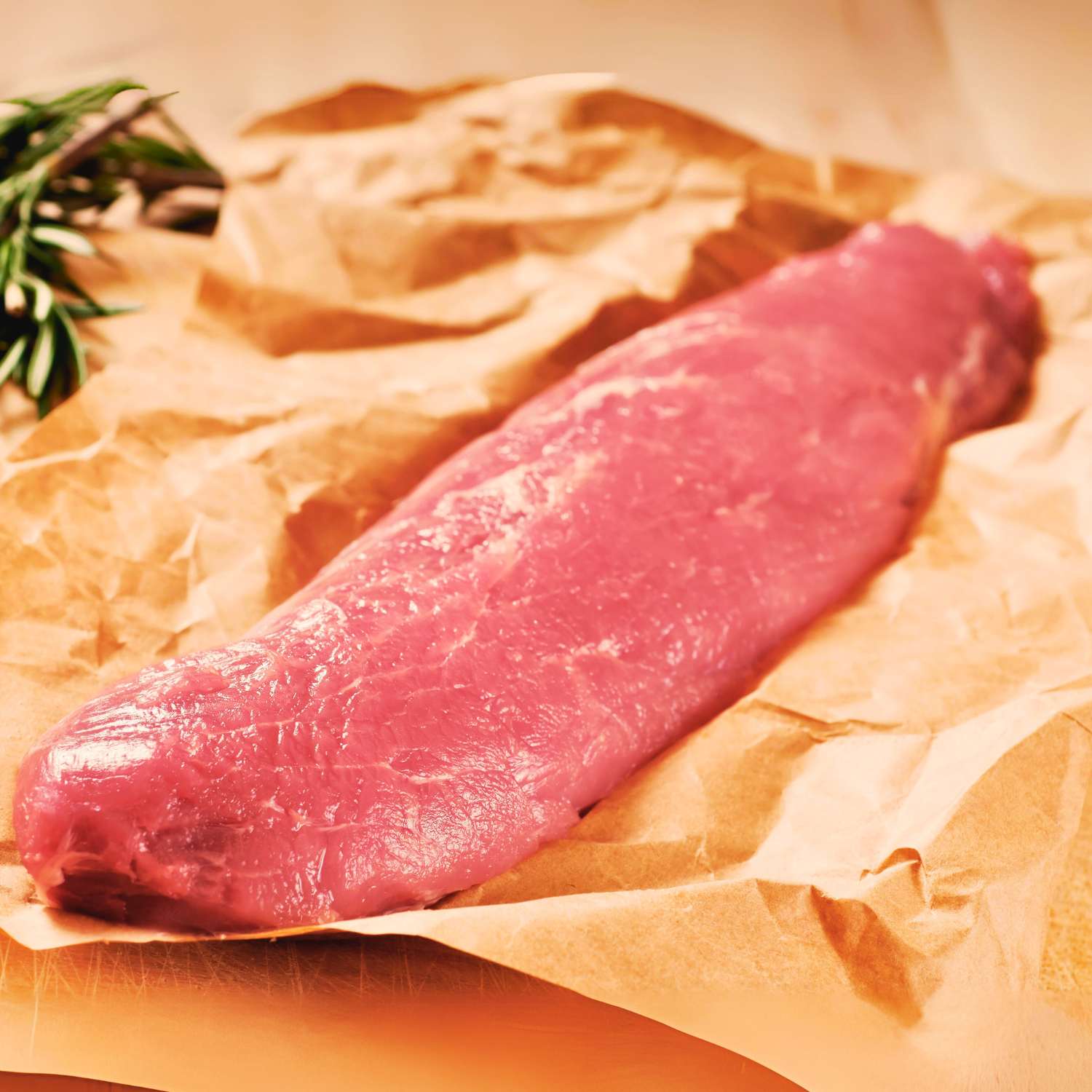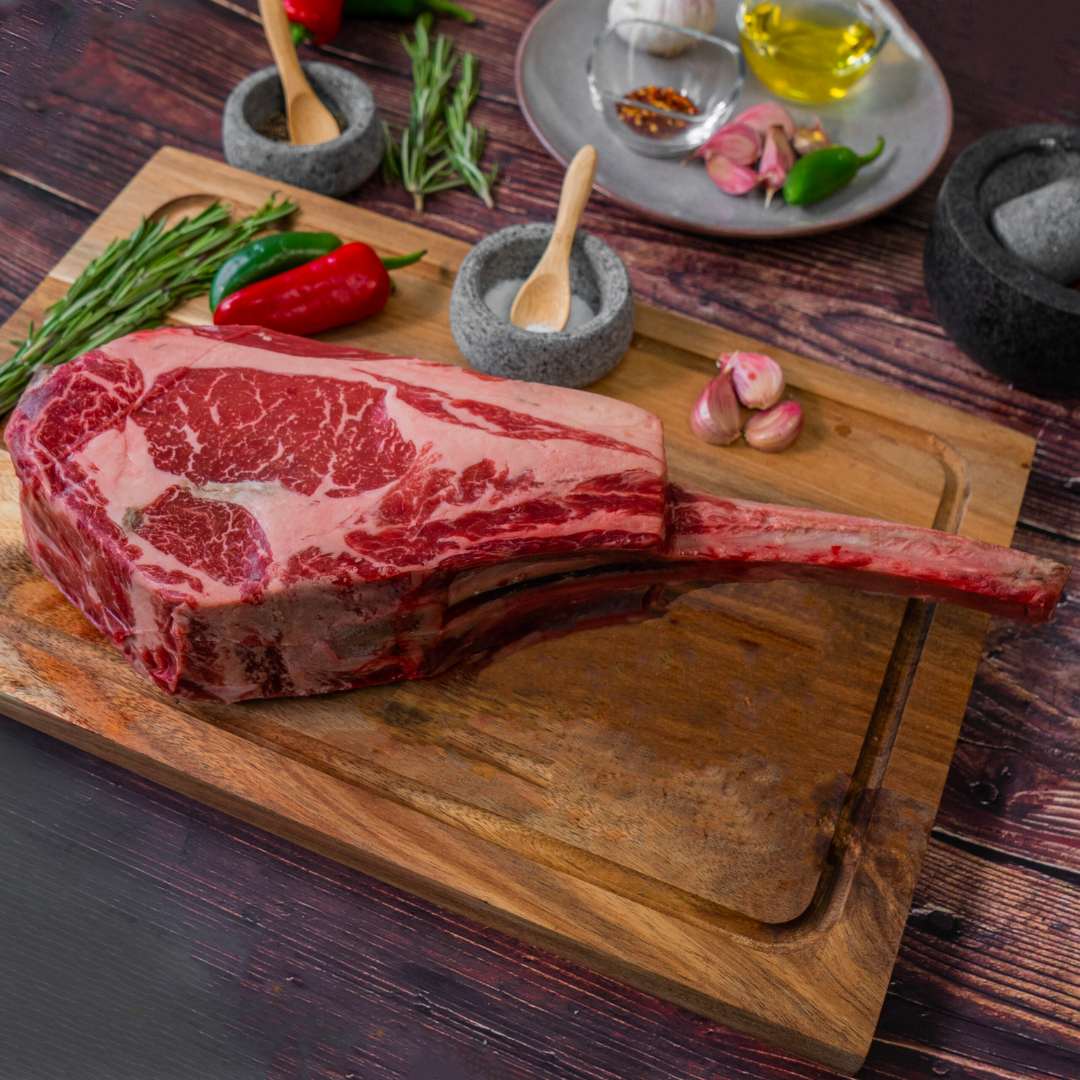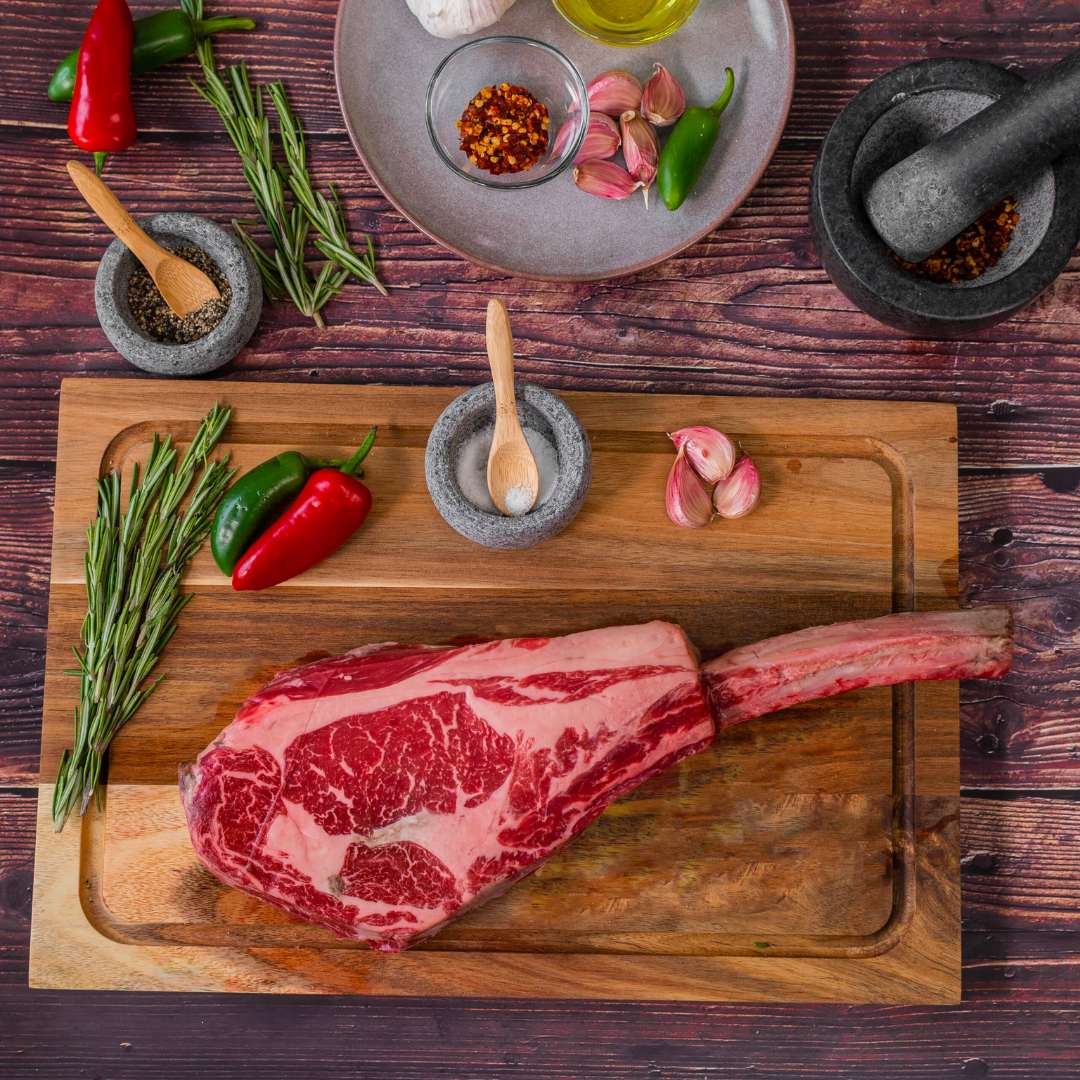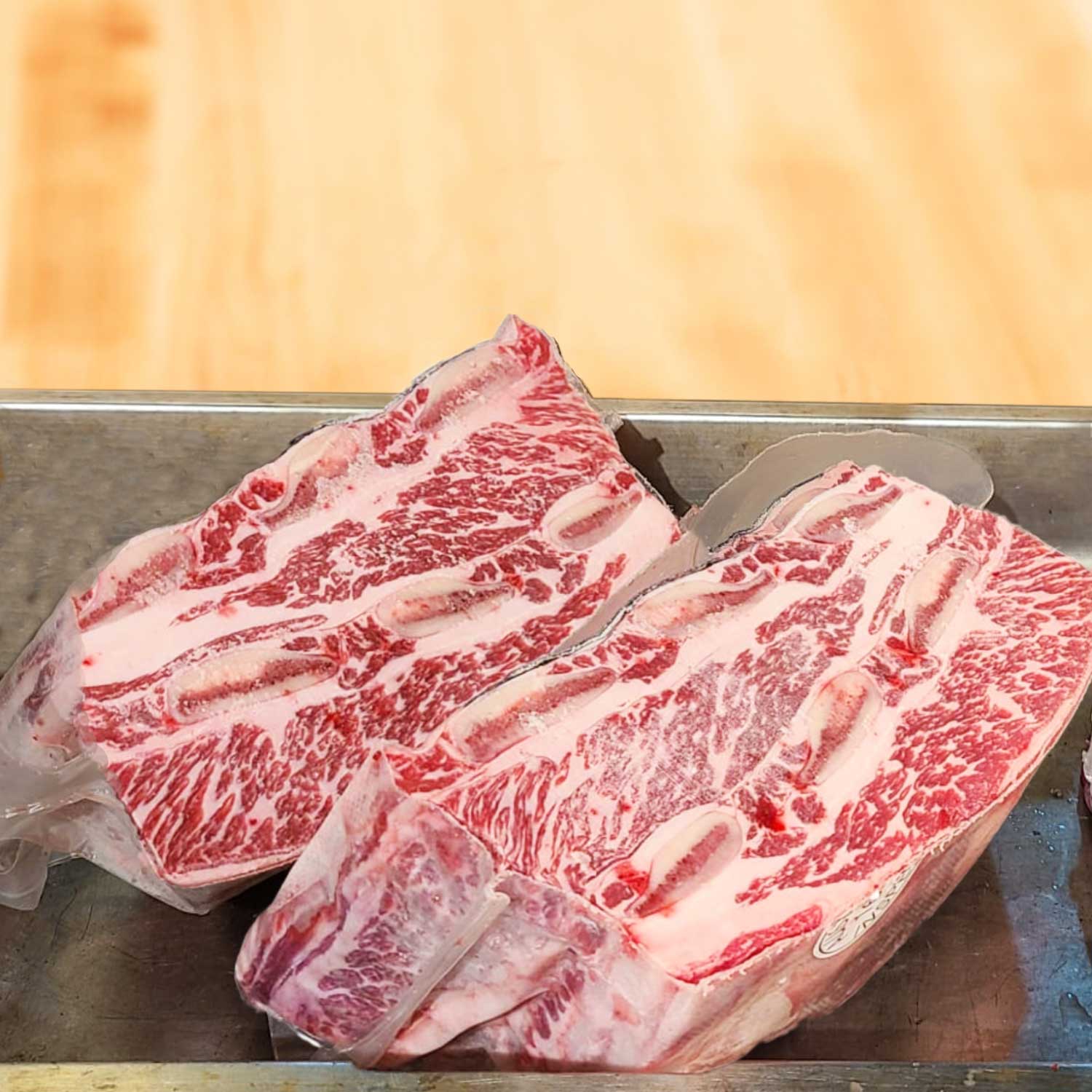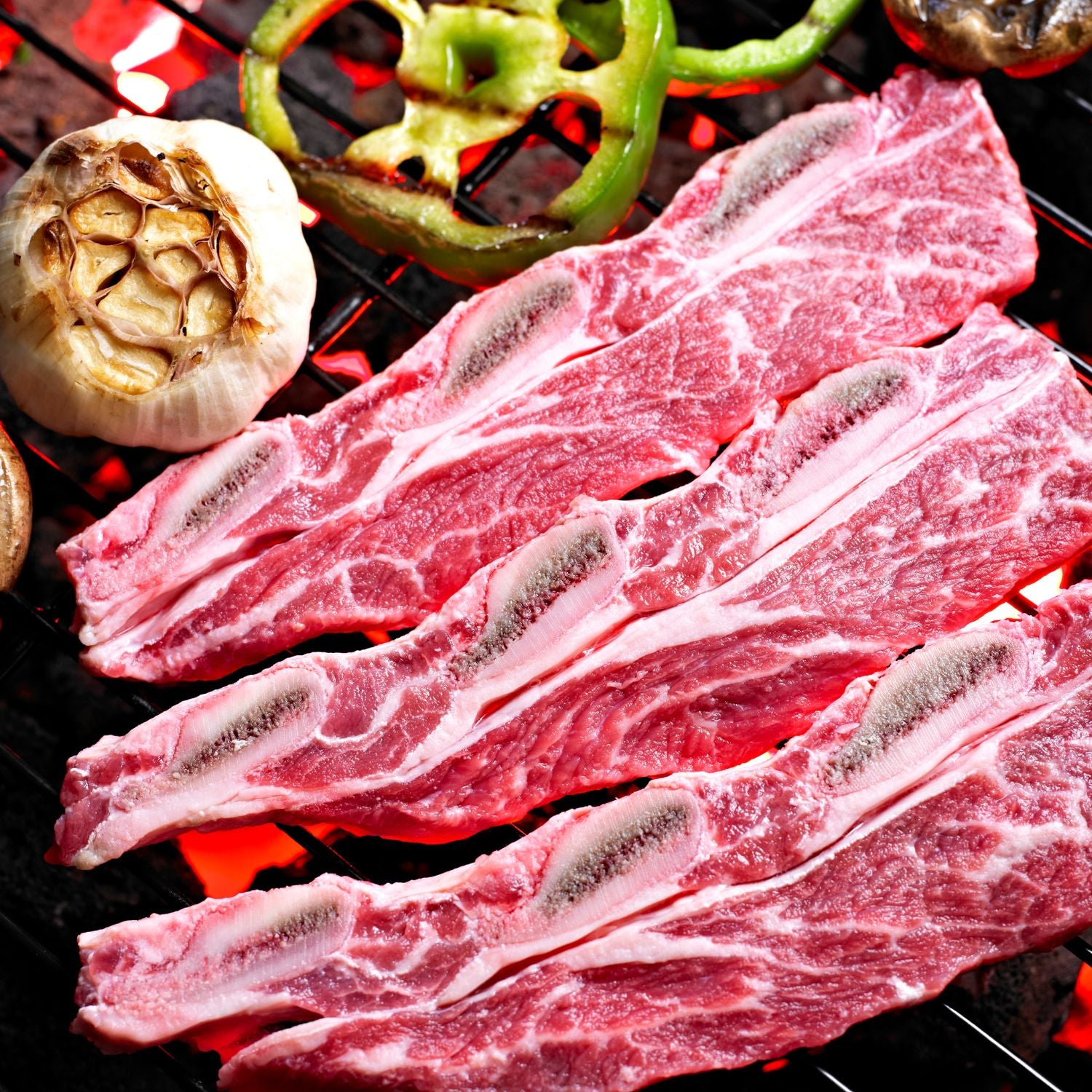Choosing the Right Beef Cuts for Grilling
Understanding Beef Cut Varieties
When grilling beef, each cut offers a unique flavor and texture. From the tenderloin's softness to the robustness of a ribeye, your choice matters. T-bones offer a two-in-one experience with sirloin and tenderloin. For a lean option, consider the top sirloin. The chuck roast, known for its rich beef taste, is perfect for slow grilling. Lastly, skirt steaks provide a bold taste and are great for marinating. Understanding these varieties ensures a successful BBQ.

Tips for Selecting Quality Beef for the Grill
- Check the Marbling: Look for beef with good marbling - the white flecks of fat within the muscle. This fat melts during grilling, making the beef juicier.
- Inspect the Color: Choose beef that's bright red. It means the meat is fresh. Avoid beef that looks brown or dull.
- Firmness is Key: Gently press the beef with your finger. It should be firm to touch, indicating it's of good quality.
- Go for Thickness: Thick cuts, like steaks, should be at least 1 inch thick. This allows for a nice sear outside while remaining juicy inside.
- Check the Packaging: The beef should be well-packed and cold to the touch. Make sure there is no excess liquid in the packaging.
- Buy from Reputable Sources: Purchase your beef from trusted butchers or stores known for their quality meat products.
- Consider USDA Grades: For the best grilling experience, aim for USDA Prime or Choice grades. These have the best marbling and flavor.
Preparing Beef Cuts for Optimal Grilling
- Begin by patting the beef dry with paper towels to remove excess moisture. This helps for a better sear.
- Trim off any excess fat that might cause flare-ups, leaving a small amount for flavor.
- Bring the beef to room temperature before grilling, which promotes even cooking.
- Marinate or rub the beef with spices and your favorite seasonings to enhance flavor.
- If using a marinade, let the beef soak for several hours in the fridge to absorb the flavors.
- For thicker cuts, consider a two-zone fire on the grill to start with indirect heat, then finish with a direct sear.
The Art of Grilling Beef Outdoors
Preparing Your Outdoor Grill
Before you start grilling beef, it's crucial to set up your outdoor grill correctly. First, make sure it's clean. Scrape off any old bits stuck to the grate with a wire brush. If you're using a charcoal grill, arrange the coals for even heat distribution. For gas grills, check the propane levels and burner ports for blockages. Preheat your grill for at least 15 minutes; a hot grill sears beef well, locking in juices. Lastly, oil the grates to prevent sticking, using a paper towel dipped in high-smoke-point oil.
Grilling Techniques for Perfect Beef
Grilling beef to perfection starts with understanding the techniques. A hot grill is key - it sears the meat, locking in juices. Aim for a high heat to start, then lower it to cook the meat through. Flip your steaks just once to avoid losing moisture. For added flavor, try a quick sear over direct heat before moving to a cooler part of the grill. If you love a smoky taste, wood chips can add that extra touch. Another tip is to let the beef rest after grilling. This allows juices to redistribute, making your beef tender and tasty. Remember, practice makes perfect, so don't be discouraged if your first try isn't perfect.
Safety Tips for Outdoor Grilling
- Keep a fire extinguisher or water nearby in case of flare-ups.
- Never leave the grill unattended to avoid accidents.
- Use long-handled tools to keep a safe distance from the heat.
- Wear proper gear, such as gloves and aprons, for protection.
- Follow the grill's manual for specific safety guidelines.
- Keep children and pets away from the grilling area.
- Do not grill indoors or in any enclosed spaces to prevent carbon monoxide buildup.
- Check for gas leaks when using propane grills by applying soapy water to connections and looking for bubbles.
- Dispose of coals properly once they have fully cooled.
- Ensure your grill is stable and on a flat surface to prevent it from tipping over.
Pairing Alcohol with Grilled Beef
Best Wines for Beef Dishes
Choosing the right wine to accompany your beef dish can uplift the entire grilling experience. Full-bodied red wines are often the go-to for red meat, due to their robust flavors. Consider these options:
- Cabernet Sauvignon: With its bold tannins, it stands up well to the richness of grilled beef.
- Merlot: Offers a softer complement with its fruity notes.
- Zinfandel: The spiciness matches well with smoky flavors.
- Malbec: Known for its plummy taste and a great match for charred meats.
If you prefer white wine, choose a full-bodied one like Chardonnay which can balance the strong flavors. For a cooler alternative, rosé wines with dry and crisp notes can provide a refreshing contrast to the heartiness of beef. Remember, the best pairing is one that suits your personal taste.
Beer and Beef: A Classic Combination
Beer and beef are perfect together. Their flavors match well. When you grill beef, think about the beer too. A good pair can boost the meal's taste. Light beers go with lean cuts like sirloin. They keep the meal feeling light. Darker beers, like stouts, suit rich cuts like ribeye. They add to the deep flavors of the meat. Have a beer tasting as you grill. Offer different kinds for guests to try. This makes the meal fun and full of flavor.
Spirits and Cocktails to Complement Grilled Beef
Grilled beef dishes shine when accompanied by the right spirits or cocktails. Consider bold, aged spirits like bourbon or Scotch to match the robust flavors of the meat. Similarly, cocktails with a smoky element—such as a mezcal margarita or a smoked old fashioned—can enhance the grilled taste. For a refreshing contrast, try a gin and tonic or a mint julep. These drinks provide a crisp, clean taste that cuts through the richness of the beef.












